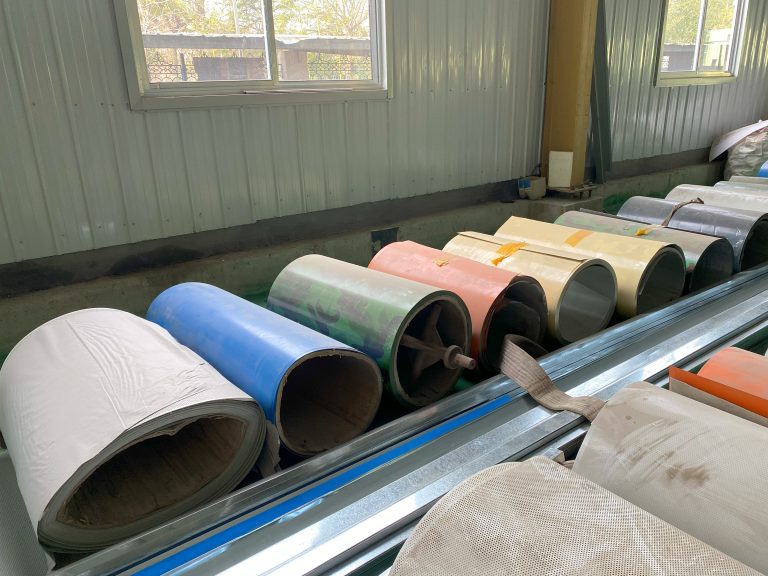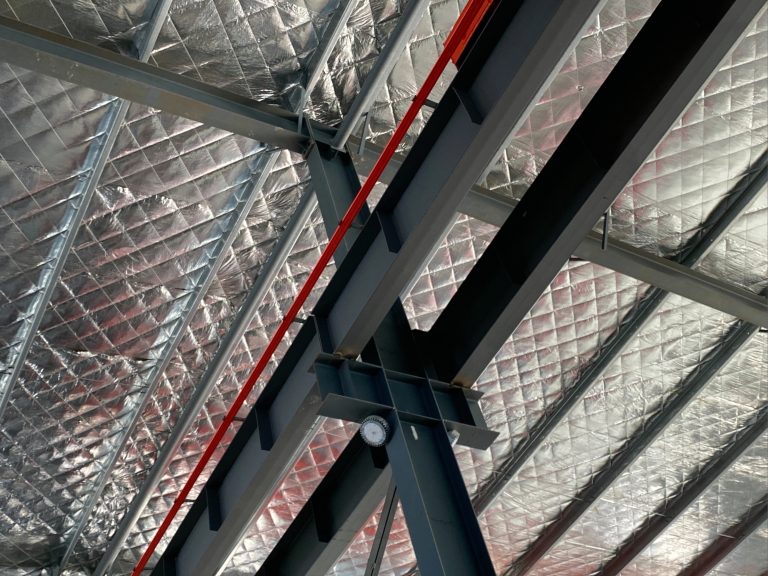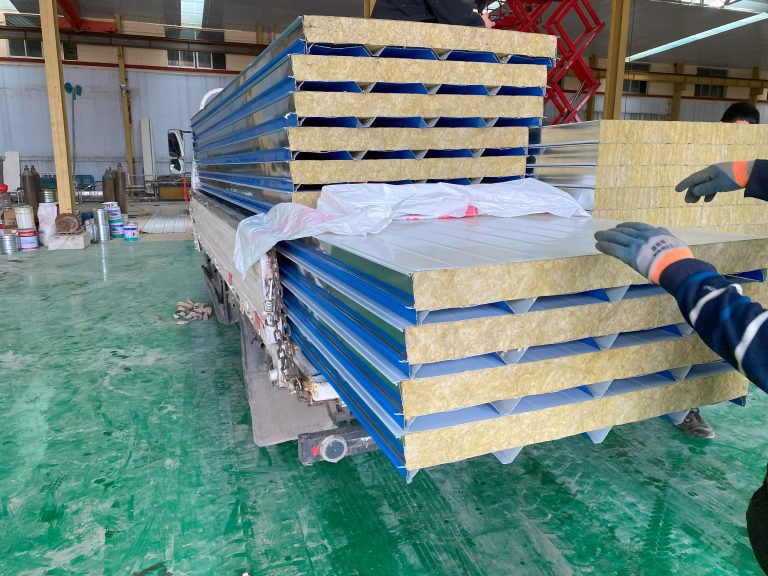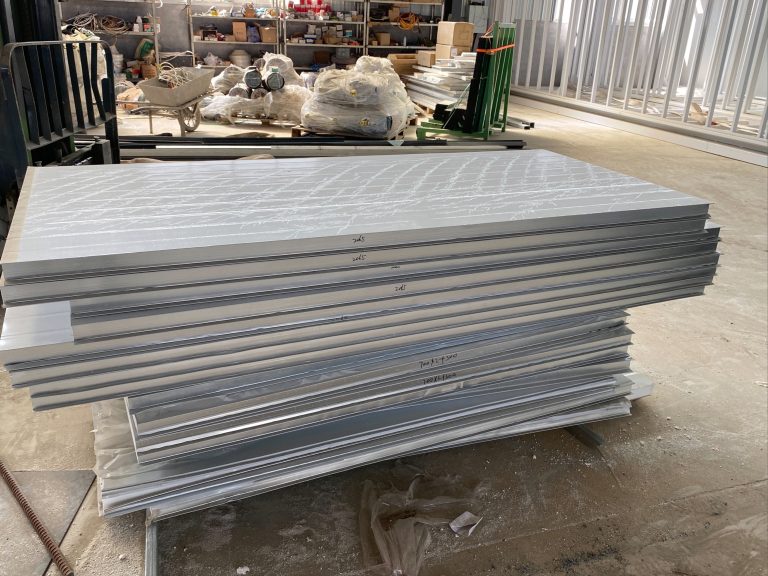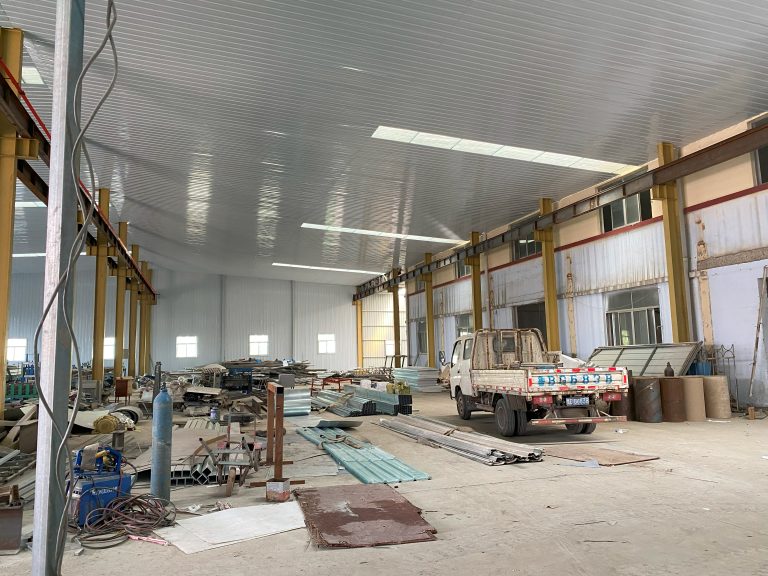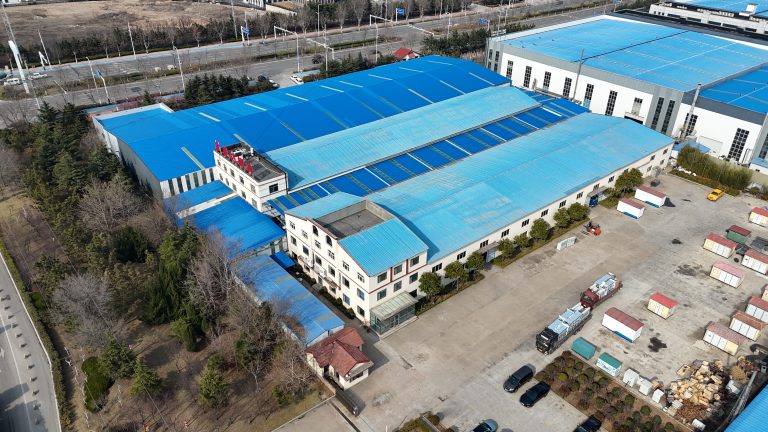Automation and intelligent innovation of steel structure intelligent testing equipment
Table of Contents
Advantages of Implementing Automation in Steel Structure Intelligent Testing Equipment
Automation has become an integral part of various industries, including the steel structure intelligent testing equipment sector. The implementation of automation in this field has brought about numerous advantages, making the testing process more efficient, accurate, and cost-effective.
One of the key advantages of implementing automation in steel structure intelligent testing equipment is the increased efficiency it brings to the testing process. Automation allows for tasks to be completed at a much faster pace than manual methods, reducing the time required to conduct tests and analyze results. This not only saves time but also allows for a higher volume of tests to be conducted in a shorter period, ultimately increasing productivity.
In addition to efficiency, automation also improves the accuracy of test results. By removing the potential for human error, automation ensures that tests are conducted consistently and reliably, leading to more accurate and reliable data. This is crucial in the steel structure industry, where even the smallest deviation in test results can have significant implications for the safety and integrity of structures.
Furthermore, automation in steel structure intelligent testing equipment helps to reduce costs associated with testing. By streamlining the testing process and eliminating the need for manual labor, automation can significantly reduce labor costs. Additionally, automation can help to minimize material waste and reduce the need for retesting, further lowering overall testing costs.
Another advantage of implementing automation in steel structure intelligent testing equipment is the ability to collect and analyze data more effectively. Automation allows for real-time data collection and analysis, providing immediate feedback on test results and enabling quick decision-making. This not only improves the efficiency of the testing process but also allows for more informed and accurate decisions to be made regarding the quality of steel structures.
Moreover, automation in steel structure intelligent testing equipment can improve safety in the workplace. By automating repetitive and potentially hazardous tasks, automation helps to reduce the risk of accidents and injuries, creating a safer working environment for employees. This is particularly important in the steel structure industry, where workers are often exposed to heavy machinery and dangerous testing conditions.
Overall, the advantages of implementing automation in steel structure intelligent testing equipment are clear. From increased efficiency and accuracy to cost savings and improved data analysis, automation offers numerous benefits that can help to enhance the testing process in the steel structure industry. By embracing automation, companies can stay ahead of the curve and ensure that their testing processes are as effective and reliable as possible.
Future Trends in Intelligent Innovation for Steel Structure Testing Automation
In recent years, the steel structure industry has seen significant advancements in automation and intelligent innovation in testing equipment. These advancements have revolutionized the way steel structures are tested for quality and safety, leading to more efficient and accurate results. As technology continues to evolve, the future of intelligent innovation in steel structure testing automation looks promising.
One of the key trends in intelligent innovation for steel structure testing automation is the integration of artificial intelligence (AI) and machine learning algorithms. These technologies allow testing equipment to analyze data in real-time, identify patterns, and make predictions based on historical data. This not only speeds up the testing process but also improves the accuracy of results, leading to better quality control and reduced errors.
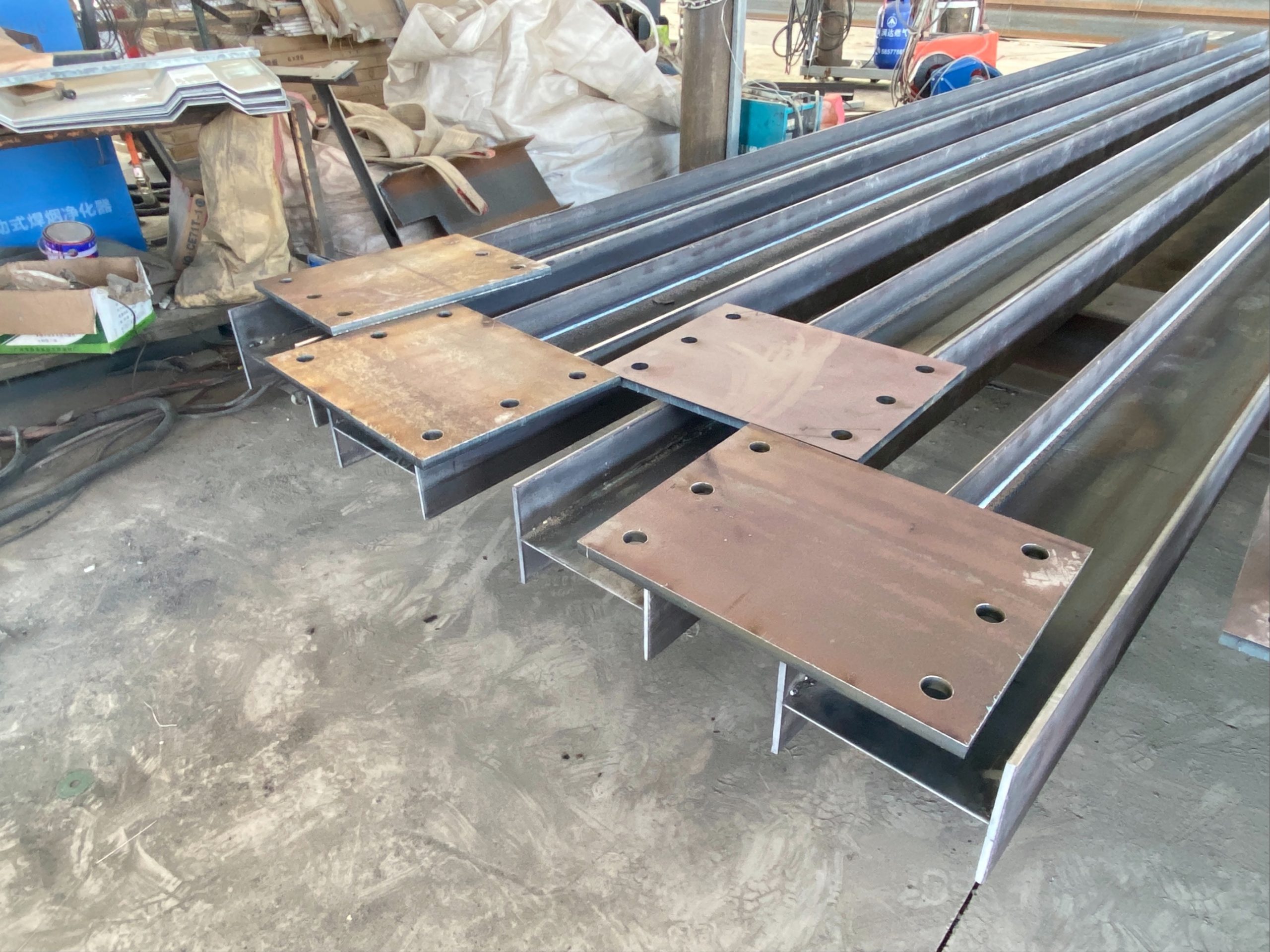
Another trend in intelligent innovation for steel structure testing automation is the use of robotics and automation systems. These systems can perform repetitive tasks with precision and efficiency, reducing the need for human intervention and minimizing the risk of errors. By automating the testing process, companies can save time and resources while ensuring consistent and reliable results.
Furthermore, the integration of Internet of Things (IoT) technology in steel structure testing equipment allows for real-time monitoring and control of testing processes. IoT sensors can collect data on various parameters such as temperature, pressure, and vibration, providing valuable insights into the performance of steel structures. This data can be analyzed to detect potential issues early on and prevent costly repairs or replacements.
Additionally, advancements in sensor technology have enabled the development of smart testing equipment that can adapt to different testing scenarios. These sensors can detect changes in the environment and adjust testing parameters accordingly, ensuring accurate and reliable results in any situation. This flexibility allows for more efficient testing processes and improved overall performance of steel structures.
Moreover, the integration of cloud computing technology in steel structure testing equipment enables remote access and data storage. This allows engineers and technicians to monitor testing processes from anywhere in the world and access real-time data for analysis. Cloud computing also facilitates collaboration between different teams and departments, leading to faster decision-making and problem-solving.
In conclusion, the future of intelligent innovation in steel structure testing automation is bright. With advancements in AI, machine learning, robotics, IoT, sensor technology, and cloud computing, testing equipment is becoming more efficient, accurate, and reliable than ever before. These technologies are revolutionizing the way steel structures are tested for quality and safety, leading to improved performance and longevity. As the industry continues to evolve, we can expect to see even more exciting developments in intelligent innovation for steel structure testing automation.

